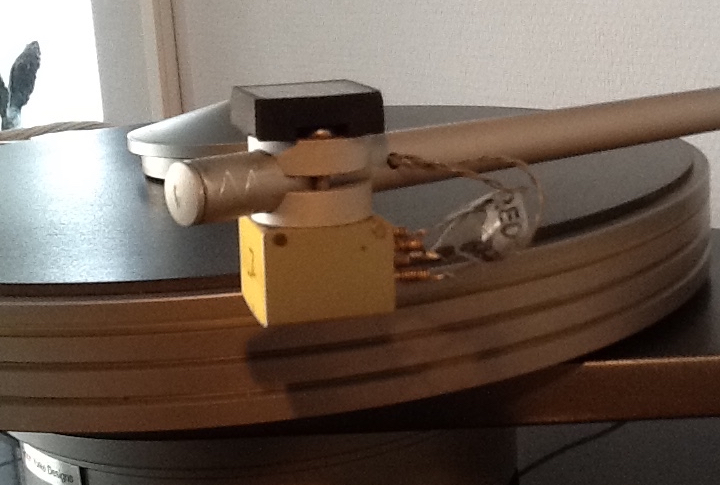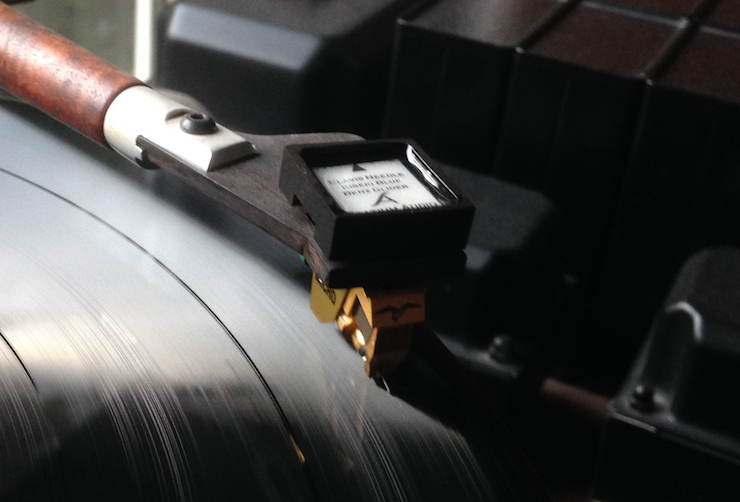Spatium Audio - Clavis needle
A while ago I reported about Spatium Audio and their magnificent products.
Meanwhile lots of friends and reviewers have been testing these products and most of them are as enthusiastic as I am. The products are based on influencing
devices and (listening) rooms with "informations" as Anton Mehl (Spatium Audio) likes to call it.
The influencing is done using smaller to larger devices which can be "programmed" using a plasticified card. These cards tune his devices and
will be written to the audio system they will be used upon. This not only allows for updates but as well changing audio gear. Spatium Audio has devices that infleunce
the listening room, speakers, CD's BD's and LP's, power conditioning, musical instruments like violin, the human voice (really!) and phono cartridges. How these devices
exactly work is still a mystery to me but they DO work. Srajan Ebaen (6Moons.com) wrote a nice hypothesis about it and if you like to read it, it can be found
here but I do not agree on his conclusion and we discussed that as you can read in his
postscript.
Several products have been tested and they all work convincingly to me. Most of the products are add-ons, to be placed between or on devices, like their power
distributor (recommended!) and Speaker device. It influences but does not affect the devices where it is placed between or upon. It adds something to the sound which can
best be described as micro information that fill in the gap between reproduction of sound and the original recorded sound.
Clavis Needle.
This is a different species in the meaning that it not only influences the cartridge but also affects it since we are talking about micro dynamics at millivolt level.
When I informed Thomas Schick (I use his tonearm for years now) about the Clavis Needle, his reaction was like to be expected from a good and objective engineer:
Replace that device with a piece of lead or brass of 2 Gramms and put masking tape (Tesa Malerband, not wrinkled...) on the cartridge.. It is simply changing the resonances of the cartridge by absorbing a certain amount of that energy. We are talking about μm grooves and the energy is quite high, you can hear the record on the groove without amplification already. All that energy 'rocks' the generator, depending on where this energy goes it sounds very much different. Tape alone tames high frequencies, the heavier stuff also in the bass.
Well, that makes sense, isn't it? So I talked with Anton Mehl and suggested to send me an "empty" Clavis Needle as well, a sort of placebo, since the magic belies in the programming and not the device itself.. and he did all together with the latest version of the Clavis Needle programmed for both my SPU cartridges as can be read..
The Clavis Needle is a small black lightweight wooden box filled up with resin (I guess) and the programmed paper within. Two recesses at the lower side allow for the screws used for mounting the cartridge.
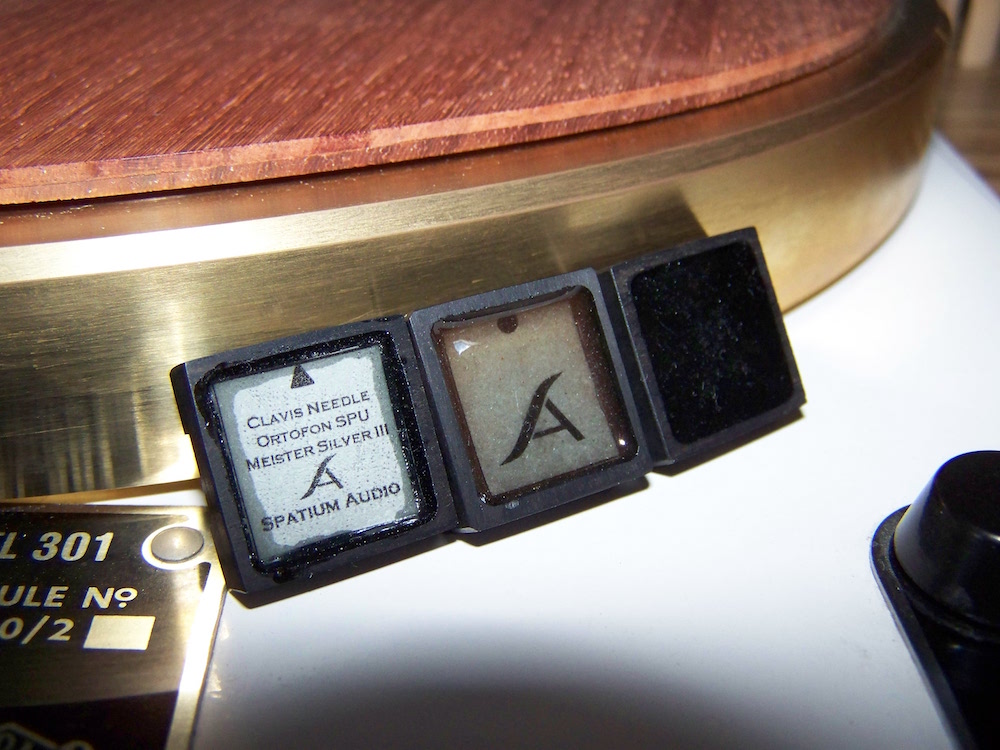
From left to right: Clavis Needle latest version, older version and the placebo..
All three have slightly different weight which has been corrected by a tiny amount of blue-tack used to attach to the cartridge. This way the three could easily be swapped without the need of readjusting cartridge weight.

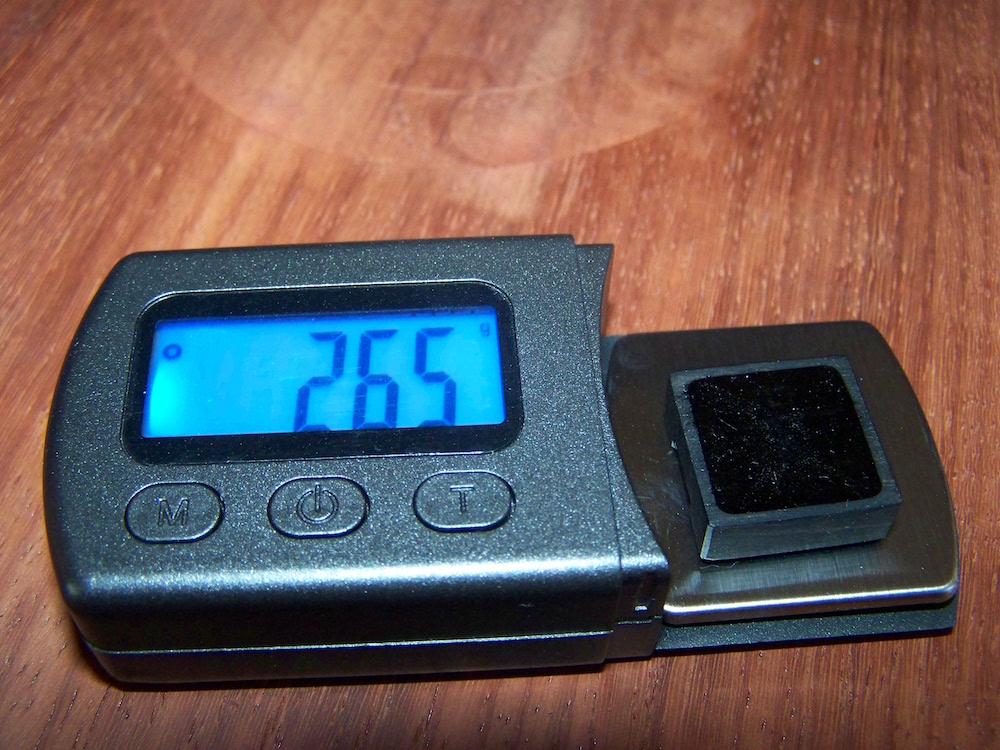
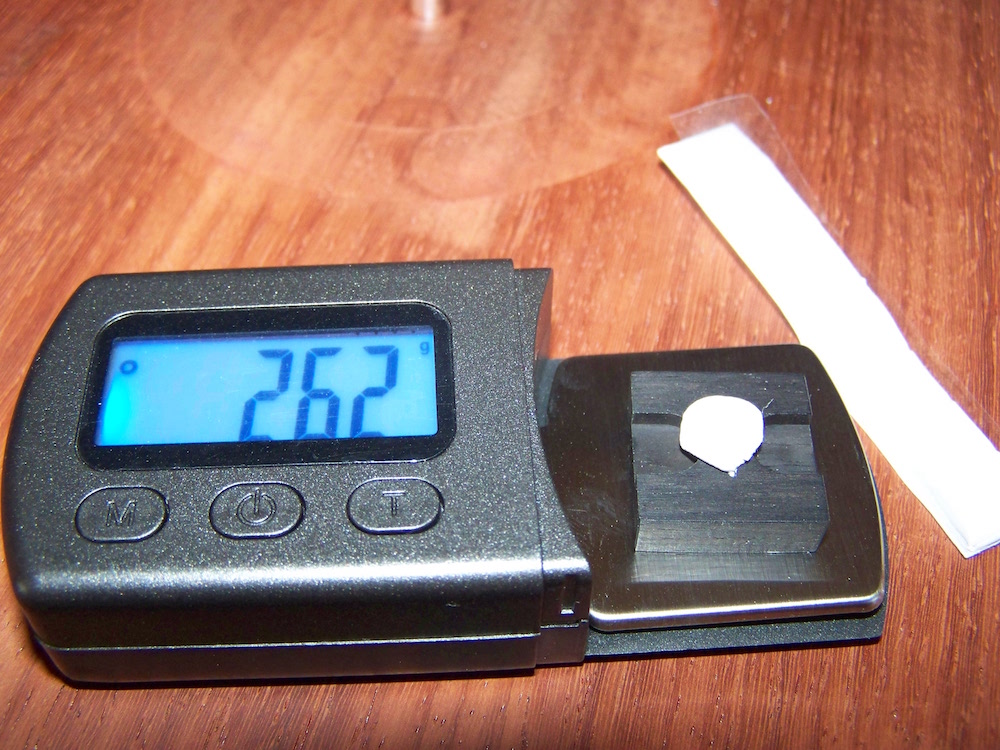
Weight of the Clavis Needle and placebo and the use of blue-tack, all together about 2.6 gramms..
This way a listening session was organised with a panel consisting of two friends and myself, using the Ortofon SPU Meister Silver, Schick tonearm and Garrard 301 with heavy brass platter and a fully original Thorens TD-135 with BTD-12s tonarm and Ortofon SPU Royal N.
Listening..
At first we listened to the Garrard using some classical music, jazz and voices, secondly repeated that with the Thorens. We started out without the Clavis Needle, then
the placebo, switched to the older version and then the newer version. We made notes without discussing these during the session and drank our beers after the session :-) .
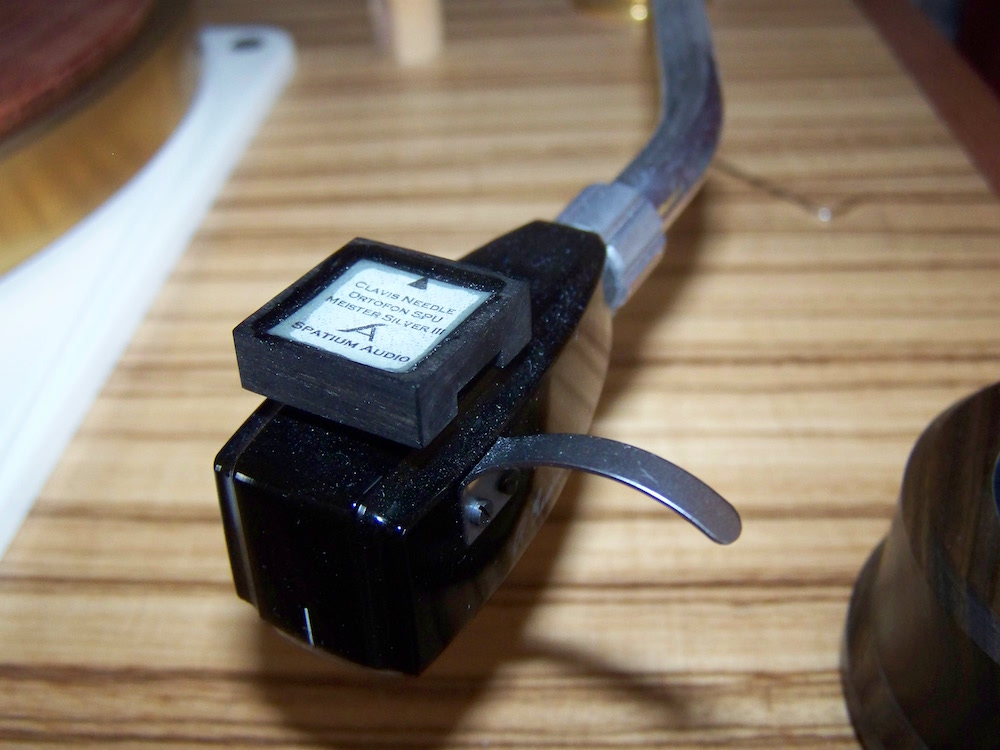
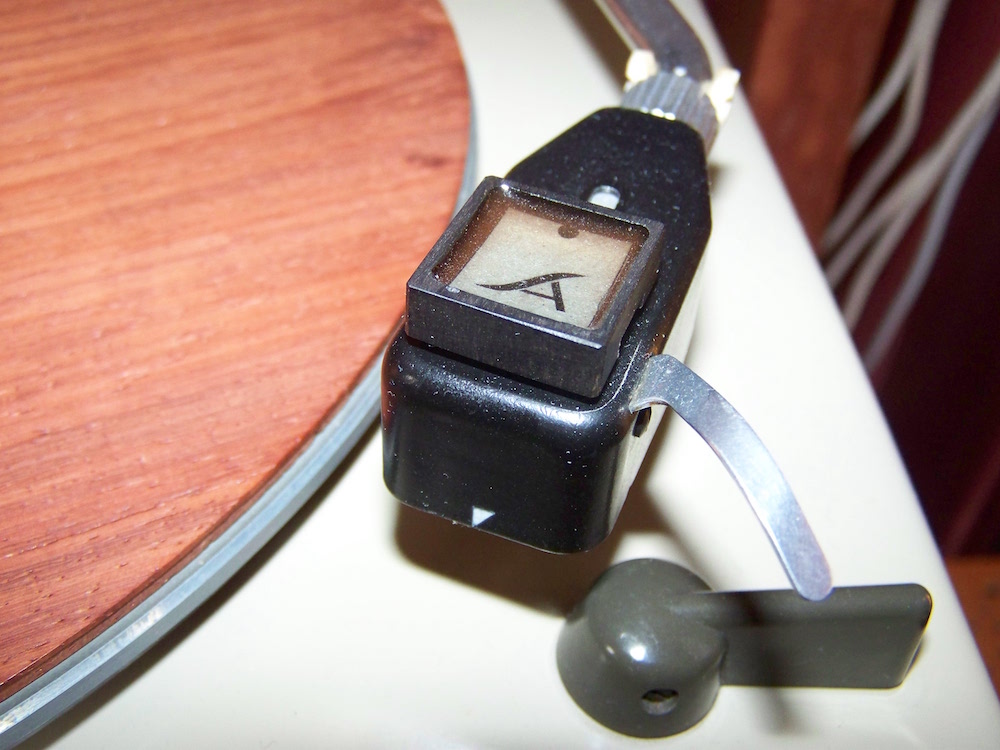
Latest version versus older version on Garrard and Thorens..
It turned out to be a very short listening session since the differences were so evident that it took no longer than a minute to hear the differences, repeatedly. Which
in turn left us more time to drink our locally brewed beers: Jopen Mooie Nel IPA and 7 Deugden Scheepsrecht (recommended): Life is beautiful!
We all more or less noted the same differences and shared our preference: Clavis Needle definitely adds musicality to the system, despite an engineers analysis..
- Compared the orginal system and with added placebo, not much difference was noted. This might be because both Ortofons are low compliance, meaning having a sturdier cantilever suited for medium to heavy tonearms and performing well without anti-skating (missing feature of the BTD-12s).
- Switchting from placebo to Clavis Needle older version presented the biggest change. All noted that there was a clear increase in detail regarding to spatial information: Voices became more distinct, timbre increased and instruments could be better distinguished from each other. The stage gained in depth while instruments retained their dimensions.
- Going further from older to newer version slightly improved the stage with even better separation of instruments and voices.
Conclusion.
No better place for improvement as close to the source as possible. And how much closer to the source can you get than the cartridge? Just be sure that you have enough
spare weight to be able to correctly set the downforce (VTF) with the added 2.5 gramms of the Clavis Needle. You can easily check this using a small coin on the
cartridge.
As a panel: Get one! You will be amazed by the improvement to your system!
Note: As a result of the audition both panel members acquired Clavis Needles as well and reported the same results as desribed above: Used upon Jan Allaerts with Simon
York and Benz Glider with Nottingham Analogue..
